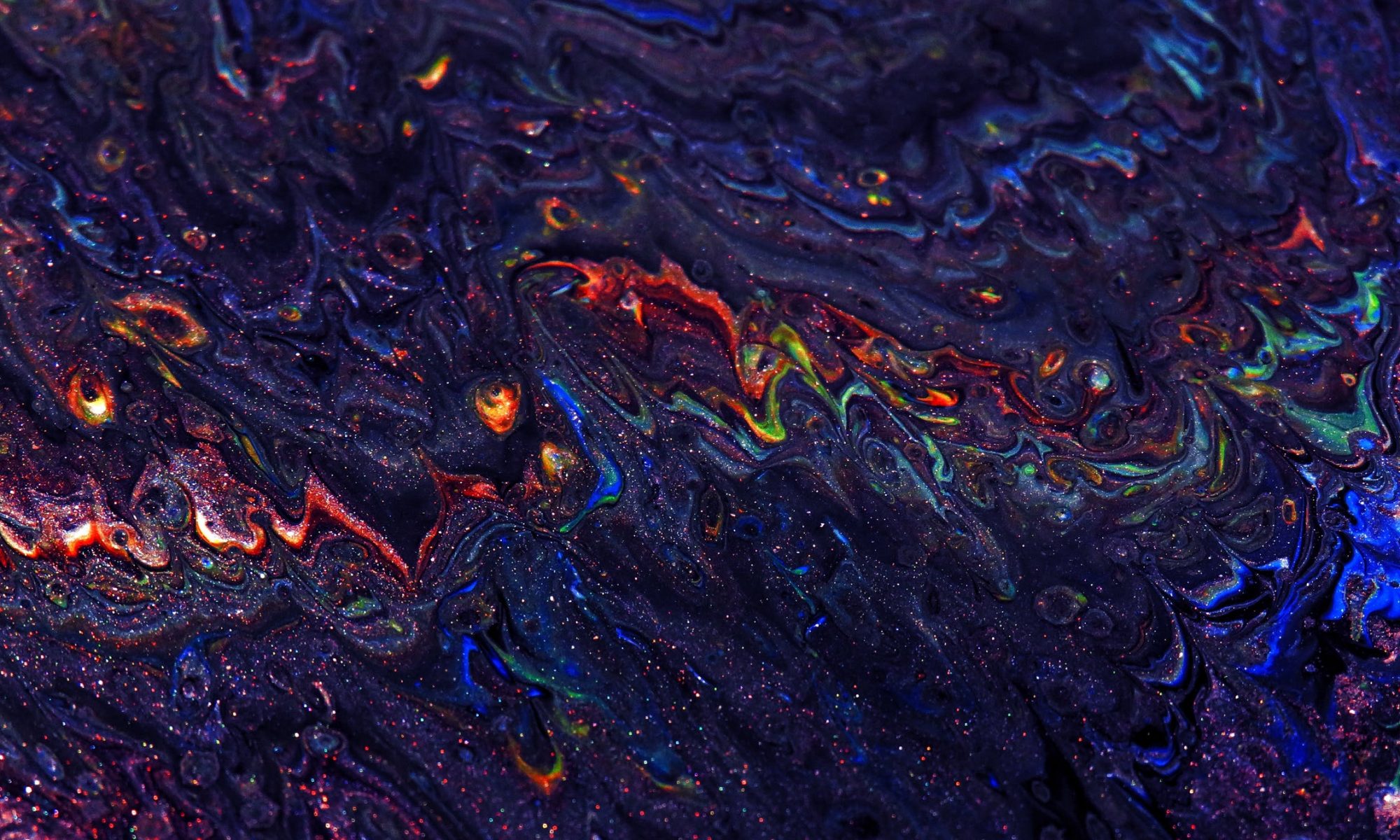The (incomplete!) map of non-equilibrium self-assembly aims at collecting the contributors to an emerging area of chemistry dealing with non-equilibrium self-assembling systems.
I hope that this map will serve two purposes:
– offering an overview of those operating in the field
– highlighting connections with other areas of science
Non-equilibrium self-assembly is connected with several well-established areas of science, including supramolecular chemistry, molecular machines, nano- and micromotors, active matter physics, chemical reaction networks theory, DNA nanotechnology, origins of life, and complex systems. I fear that reporting all the players in these areas would afford a very long, intractable list. This approach would also likely hamper the first purpose.
In an attempt to find the right balance, the following approach is used. The first criterion for inclusion is to have at least one paper tightly connected with the core of the focus domain. I hope to cover this area at a fair level. The second criterion for inclusion is to produce work of immediate relevance to the core domain. In this case, I am largely and purposely relying on crowd-sourcing.
Typically, papers associated with the core area deal with artificial molecular systems that self-assemble. At the same time, these systems are associated with the continuous consumption of energy or are driven by it (e.g. ratchet-driven systems). For light-driven systems, the presence of an operating ratchet mechanism is taken as a criterion (transient phenomena are not considered). To have a rough idea of the focus area, one possibility is to take a look at the similarity map of relevant works in the area, e.g. “Devising Synthetic Reaction Cycles for Dissipative Nonequilibrium Self‐Assembly” Adv. Mater. 2020, 32, 1906834 by Hermans and coworkers.
A significant example of a work of immediate interest to the area, but not belonging to its core is “A rational strategy for the realization of chain-growth supramolecular polymerization” Science 2015, 347, 646-651, by Aida and coworkers, which describes a non-equilibrium self-assembly phenomenon, but does not deal with continuous fuel consumption.
Using the outlined strategy will not make the map perfect, but I hope that it will be useful to understand what the map describes, and ultimately to facilitate contamination between useful ideas. The reference domain associated with each scientist is reported to help navigate the list.
If you feel like suggesting a scientist (including you), feel free to write at ragazzon@unistra.fr. Your input is more than welcome. Please consider this methodological note and avoid taking the topic similarity with other scientists on the map as a criterion. Suggestions of underrepresented groups and young PI are particularly welcome.
